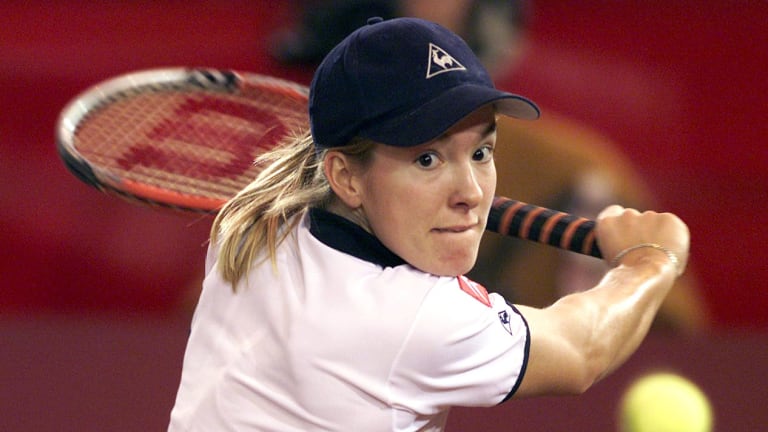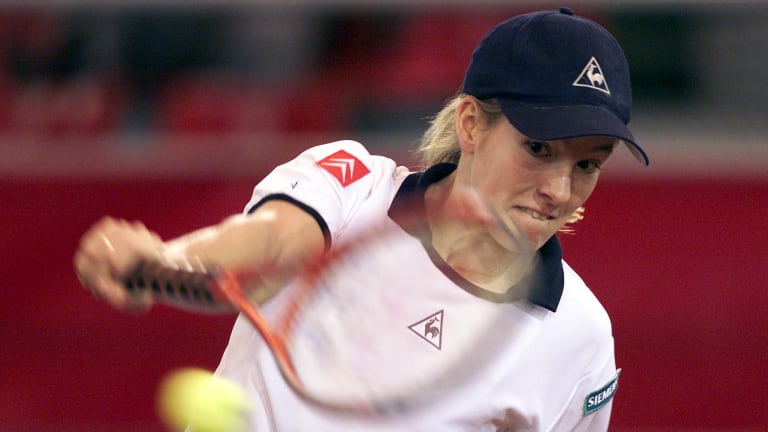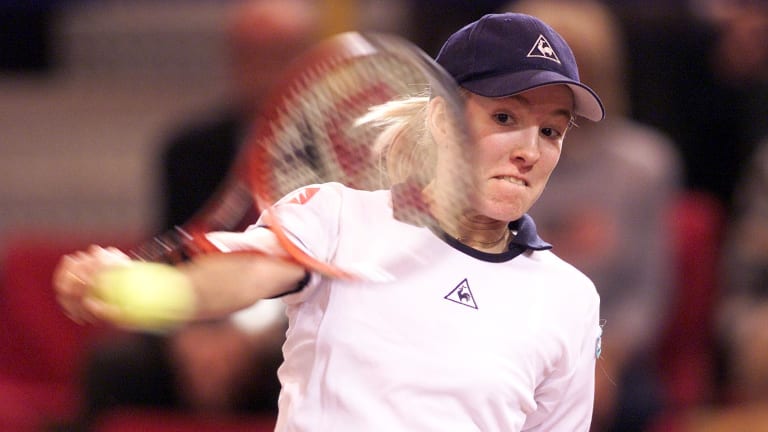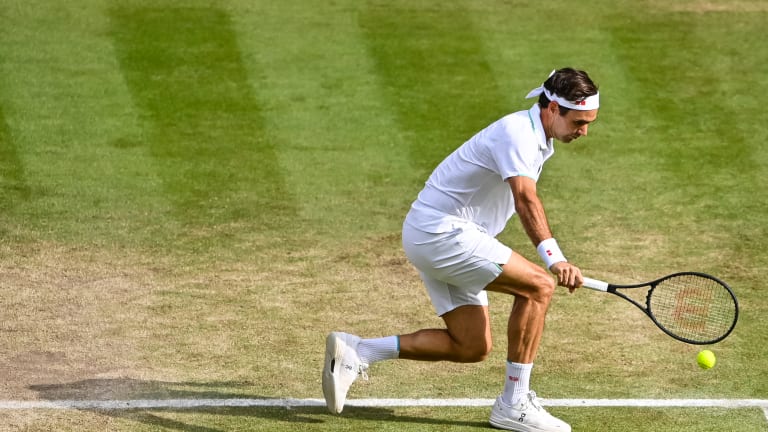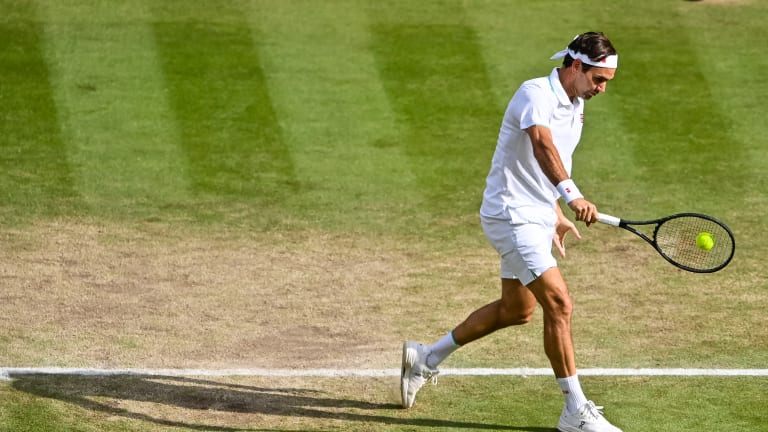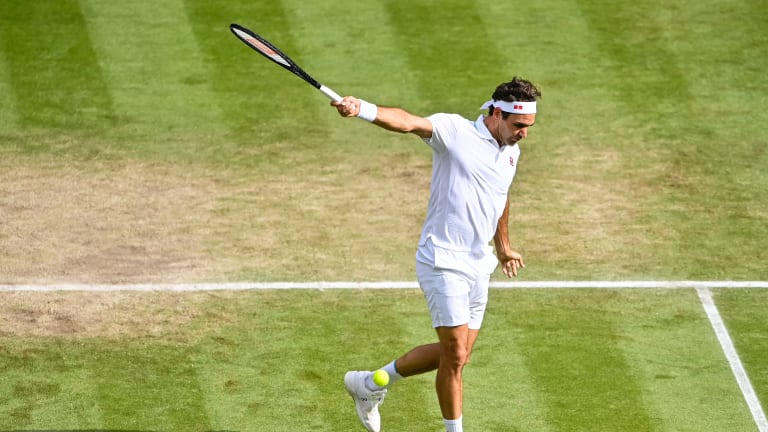How did Roger Federer win 20 majors with a one-handed backhand?
By Feb 29, 2024Australian Open
PHOTOS: Roger Federer lights up inaugural AO Ceremony, partners Andre Agassi & Ash Barty
By Jan 17, 2026Australian Open
Roger Federer makes return to Happy Slam for Australian Open exhibition
By Jan 15, 2026Australian Open
Roger Federer to headline “Battle of the World No.1s” at Australian Open’s inaugural Opening Ceremony
By Dec 11, 2025Social
Reaction to Roger Federer's Hall of Fame induction: "You're the most important sportsman of all time"
By Nov 20, 2025Facts & Stats
Roger Federer is headed to the International Tennis Hall of Fame: 26 stats for his 2026 induction
By Nov 19, 2025International Tennis Hall Of Fame
Mary Carillo joins Roger Federer with election into International Tennis Hall of Fame
By Nov 19, 2025Stat of the Day
Jannik Sinner has now reached the final at all four Grand Slams and the ATP Finals this year
By Nov 15, 2025The Business of Tennis
Carlos Alcaraz, Jannik Sinner take their rivalry—and star power—on the road for 2026 “Super Match”
By Oct 24, 2025ATP Shanghai, China
Roger Federer thrills tennis world with Shanghai Masters Celebrity doubles return
By Oct 10, 2025How did Roger Federer win 20 majors with a one-handed backhand?
If there’s a need to add some luster back to the Swiss star’s Slams, the continued decline of the one-handed backhand in his absence should do it.
Published Feb 29, 2024
Advertising
Justine Henin's one-handed backhand
/
Advertising
Advertising
Advertising
Roger Federer's one-handed backhand
/
